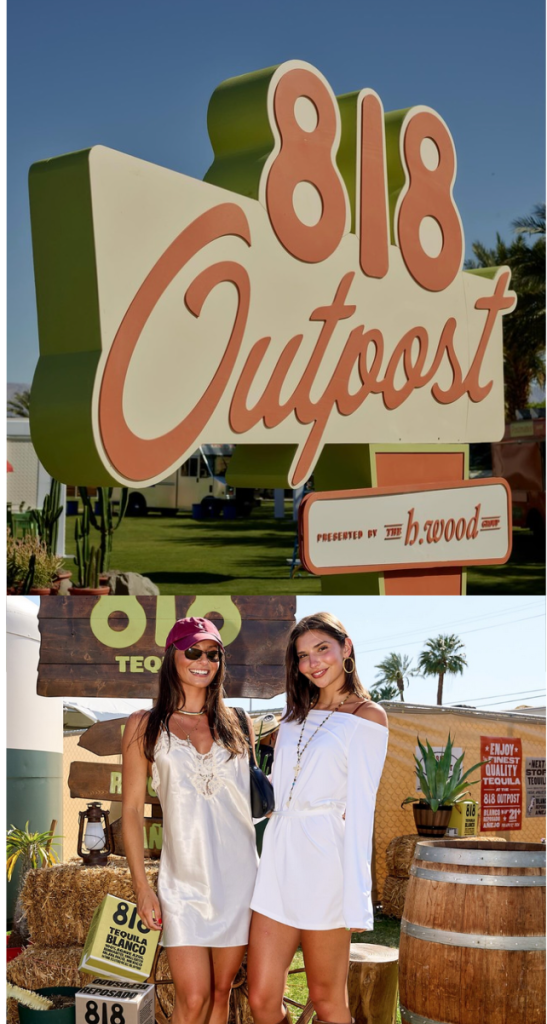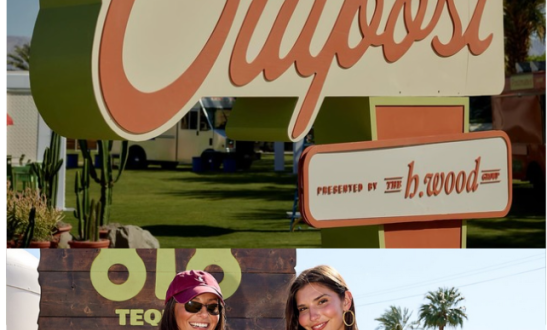Influencer Marketing at Coachella 2025: From Vanity Metrics to Value

Influencer marketing at Coachella used to be a volume game. Hundreds — sometimes thousands — of creators were flown out, dressed up, and sent to branded parties, with the hope that something would catch fire online.
But more brands are realizing that visibility doesn’t always mean impact. This year, activations weren’t just about creating buzz — they were about creating content that performs.
Whether it was a festival-ready GRWM, a sponsored outfit reveal, or a campaign hashtag moment, brands prioritized creators who were known not just for being aesthetic, but for being effective. Creators with proven engagement, trusted communities, and repeat brand results were brought back again — not because they’re trendy, but because they’re reliable.
Quality Over Chaos

This pivot toward performance led to more thoughtful activations — and fewer of them.
Revolve, for example, scaled back significantly. In previous years, their invite list reached over a thousand influencers and celebrities. But this year? Just 400. That shift wasn’t about exclusivity for the sake of it — it was about giving creators the space to create. With a tighter, more intentional guest list and performers like Cardi B and DJ Uncle Waffles, Revolve created an atmosphere built for content. No one was required to post — and yet the content rolled in, organically and authentically.
The Rise of the “Known Performer”

In an age of algorithm unpredictability, brands are leaning into creators they know will deliver — especially in high-stakes moments like Coachella. It’s not about the biggest names, it’s about the best fit.
That’s why True Religion built its presence around long-term collaborators from their “Team True” roster — including WNBA players, fashion creators, and artists the brand has worked with consistently. The strategy was simple: center the campaign around people who already understand the brand and perform well across social. The result? Higher-than-average engagement, stronger storytelling, and a branded experience that felt cohesive and genuine.
Immersive Moments That Invite Real Sharing

While some brands chased scale, others leaned into intimacy.
818 Tequila, founded by Kendall Jenner, redesigned its Coachella “Outpost” into a fully immersive hangout — not a walk-through or photo op, but a place to actually spend time. With expanded space, lounge areas, and programming designed to keep guests around longer, creators naturally captured and shared content that didn’t feel staged. It’s the kind of subtle brand storytelling that sticks.
Real Results > Flashy Footprints
Coachella-related influencer content this year generated an estimated $754 million in earned media value — more than triple what in-game Super Bowl brand placements delivered, according to data shared by Ad Age.
But the real story isn’t just about the number — it’s about how brands earned it. Not by casting the widest net, but by choosing creators who consistently show up, deliver content that converts, and build trust with their audiences.
What This Means for Brands Moving Forward
The influencer landscape is evolving fast — and this year’s Coachella activations gave us a preview of what’s to come:
- Micro and mid-tier creators are more valuable than ever. Their content performs, their audiences listen, and their storytelling is rooted in connection.
- Long-term relationships beat one-off stunts. Creators who understand your brand will naturally create stronger content — and it shows.
- Big numbers mean nothing without context. The smartest brands aren’t chasing impressions — they’re chasing impact.
This year’s Coachella made one thing clear: the future of influencer marketing is all about intention over volume. As we move through 2025, expect more brands to shift toward performance-driven strategies — choosing creators not for how many followers they have, but for how much impact they make.


